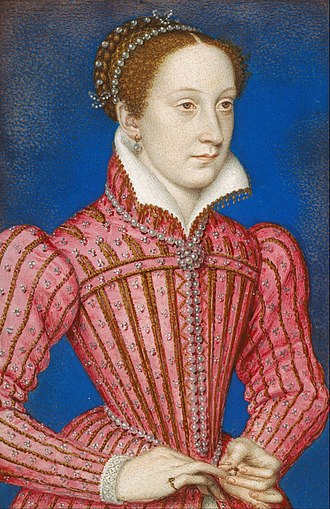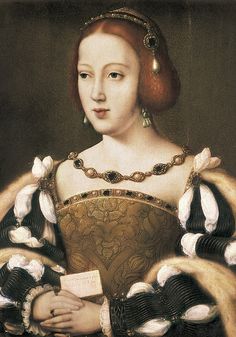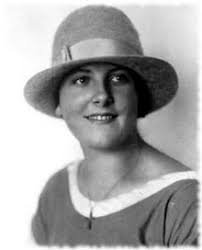
Early Life
Maria von Trapp was born on 26 January 1905 to Augusta (Rainer) and Karl Kutschera. She was delivered on a train heading from her parents’ village in Tyrol to a hospital in Vienna, Austria. She lostboth her parents early and was an orphan by her tenth birthday. In 1923, she graduated from the State Teachers College for Progressive Education in Vienna. In 1924, she entered Nonnberg Abbey (a Benedictine monastery in Salzburg), as a postulant intending to become a nun.
Marriage
In 1926, while still a schoolteacher at the abbey, Maria was asked to teach one of the seven children of widowed naval commander Georg von Trapp. His late wife Agatha had died in 1922 from scarlet fever.[10] Eventually, Maria began to look after the other children, as well.
Captain von Trapp saw how much she cared about his children and asked her to marry him, despite being 25 years her senior. She was frightened at first and fled back to Nonnberg Abbey to seek guidance from the mother abbess.
Mother Abbess advised her that it was God’s will that she should marry him. She then returned to the family and accepted the proposal. She wrote in her autobiography that she was very angry on her wedding day, both at God and at her husband, because what she really wanted was to be a nun.
I really and truly was not in love. I liked him but didn’t love him. However, I loved the children, so in a way I really married the children. I learned to love him more than I have ever loved before or after.
They were married on 26 November 1927 and had three children together: Rosmarie (born 1929), Eleonore (born 1931), and Johannes (born 1939).
Financial Problems
The family faced financial ruin in 1935. Georg had transferred his savings from a bank in London to an Austrian bank run by a friend named Frau Lammer. Austria was experiencing economic difficulties during a worldwide depression because of the Crash of 1929, and Lammer’s bank failed.
To survive, the Trapps discharged most of their servants, moved into the top floor of their home and rented out the other rooms. The archbishop sent Father Franz Wasner to stay with them as their chaplai and this began their singing career.
Musical career and World War II
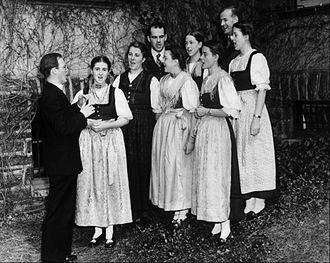
Soprano Lotte Lehmann heard the family sing, and suggested they perform at concerts. When the Austrian Chancellor Kurt Schuschnigg heard them on radio, he invited them to perform in Vienna.
After performing at a festival in 1935, they became a popular touring act. They experienced life under the Nazis after the annexation of Austria by Germany in March 1938.
Life became increasingly difficult as they witnessed hostility towards Jewish children by their classmates, the use of children against their parents, the advocacy of abortion both by Maria’s doctor and by her son’s school and finally by the induction of Georg into the German Navy.
They visited Munich in the summer of 1938 and encountered Hitler at a restaurant. In September, the family left Austria and traveled to Italy, then to England and finally the United States.
The Nazis made use of their abandoned home as Heinrich Himmler’s headquarters.
Initially calling themselves the “Trapp Family Choir”, the von Trapps began to perform in the United States and Canada. They performed in New York City at The Town Hall on 10 December 1938.
The New York Times wrote:
There was something unusually lovable and appealing about the modest, serious singers of this little family aggregation as they formed a close semicircle about their self-effacing director for their initial offering, the handsome Mme. von Trapp in simple black, and the youthful sisters garbed in black and white Austrian folk costumes enlivened with red ribbons. It was only natural to expect work of exceeding refinement from them, and one was not disappointed in this.
Charles Wagner was their first booking agent, then they signed on with Frederick Christian Schang. Thinking the name “Trapp Family Choir” too churchy, Schang americanized their repertoire and, following his suggestion, the group changed its name to the “Trapp Family Singers”.[11] The family, which by then included ten children, was soon touring the world giving concert performances.
Alix Williamson served as the group’s publicist for over two decades. After the war, they founded the Trapp Family Austrian Relief fund, which sent food and clothing to people impoverished in Austria.
Move in the U.S.A
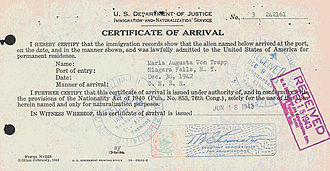
In the 1940s, the family moved to Stowe, Vermont where they ran a music camp when they were not touring. In 1944, Maria, Johanna, Martina, Hedwig and Agathe applied for U.S. citizenship, whereas Georg never applied to become a citizen.
Rupert and Werner became citizens by serving during World War II, while Rosmarie and Eleonore became citizens by virtue of their mother’s citizenship. Johannes was born in the United States in Philadelphia in September 1939 during a concert tour. Georg von Trapp died in 1947 in Vermont after suffering lung cancer.
The family made a series of 78-rpm records for RCA Victor in the 1950s, some of which were later issued on RCA Camden LPs. There were also a few later recordings released on LPs, including some stereo sessions.
In 1957, the Trapp Family Singers disbanded and went their separate ways. Maria and three of her children became missionaries in Papua New Guinea. In 1965, Maria moved back to Vermont to manage the Trapp Family Lodge, which had been named Cor Unum.
She began turning over management of the lodge to her son Johannes, although she was initially reluctant to do so. Hedwig returned to Austria and worked as a teacher in Umhausen.
On June 25, 2019, The New York Times Magazine listed the Trapp family singers among hundreds of artists whose material was reportedly destroyed in the 2008 Universal fire.
Death
Maria von Trapp died of heart failure on 28 March 1987 at 82 in Morrisville, Vermont, three days after surgery. She is interred in the family cemetery at the lodge, along with her husband and five of her step-children.

